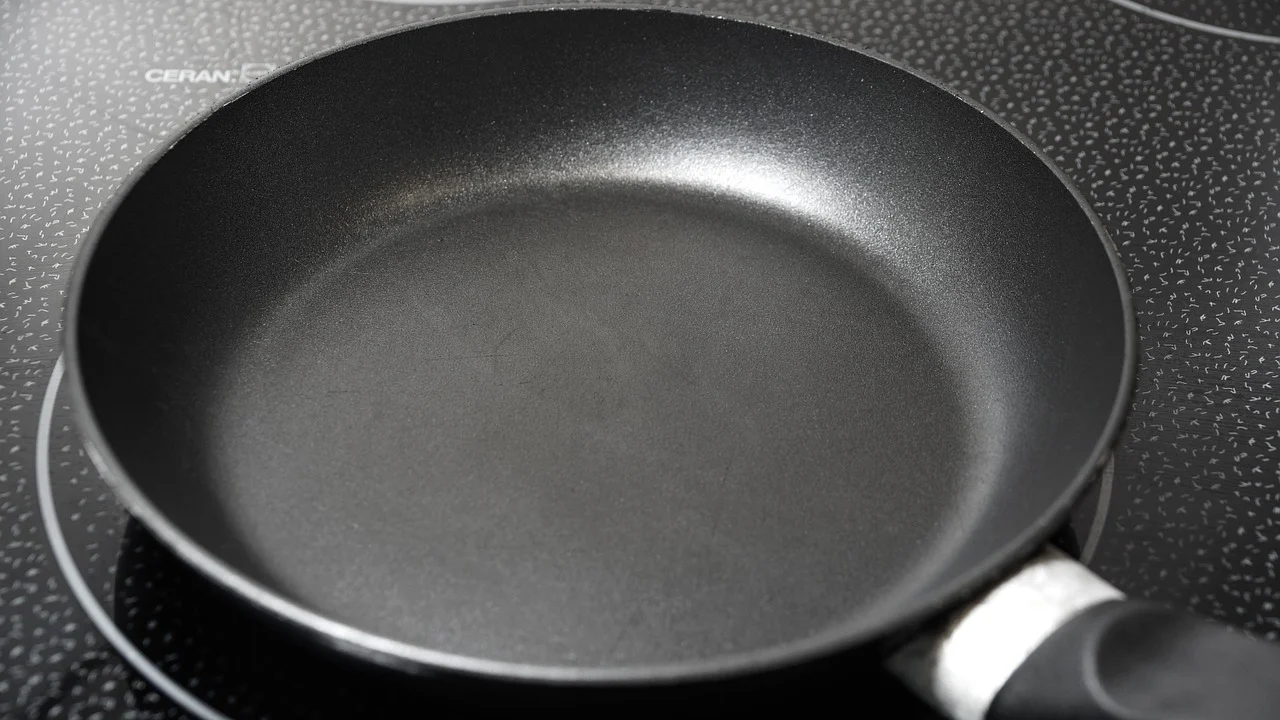Why PTFE is used for Nonstick Coatings?
PTFE is used for Nonstick There are indications that more than three thousand years ago some ancient Greeks might have made and used nonstick pans to bake bread. Mycenaean Greek skillets had a cooking side covered with tiny holes that archaeologists believed helped to evenly spread oil over the griddle so that dough wouldn’t stick while being cooked.
In the modern history of nonstick coating technology, while working at DuPont in 1938 Roy Plunkett accidentally invented polytetrafluoroethylene (PTFE). Better known today by its trademarked name Teflon®, PTFE coated nonstick cookware started to hit the selling floors in the early 1960s.
PTFE is used for Nonstick Coatings PTFE is used for Nonstick
PTFE Coating’s single most important property that makes it so good an option for nonstick cookware is its very low coefficient of friction (CoF). Because of this, most materials (in this instance food) won’t stick to it and can be readily removed from the cooking surface.
Example: Non-Stick Coating
Early PTFE coated cookware suffered from inferior quality which Often caused a quick product lifespan. In subsequent years a great deal of research and development was conducted to enhance the standard and adhesion of the PTFE coating services. The result is that nonstick cookware, although formerly considered disposable, now accounts for 75 per cent of all cookware and bakeware sold.
The quality of PTFE coatings has come so much that nowadays some Manufacturers offer a lifelong guarantee on the coating of their merchandise. PTFE’s nonstick characteristic also makes it an excellent candidate for many different applications and businesses outside of the kitchen, including coatings for items like plain bearings, slip plates, gears, and more. And, a PTFE coating’s dielectric properties make it a fantastic choice for insulation in pipes for the aerospace and computer market.
These programs are only a few of those use cases PTFE Nonstick coatings provide. Even as technology continues to evolve and enhance the way we live, PTFE coatings will certainly remain a vital element that Enhances and improves our daily lives through the equipment and tools we use.
The Curing Process for Nonstick Coatings

Though fixing comes last in the coating application process, it can cause a disproportionate number of problems if performed incorrectly. PTFE-coated products need to be warmed to a temperature between 715° and 750° F to properly cure. Exactly how long the curing process takes, though, will be contingent on the character, size, depth and material of the products that are coated. Under curing of this Teflon®/PTFE is going to result in the coating not being sintered and premature failure.
Surface Pretreatment for Nonstick Coatings
No matter the type of product being coated, its own substrate needs an initial cleaning or treatment to prepare it to the non-stick coating. The nonstick coating applicator can start by roughing the surface:
The practice of blasting, etching, or phosphating the substrate helps the PTFE bond into it and supplies to get a more and more lasting final product.…


